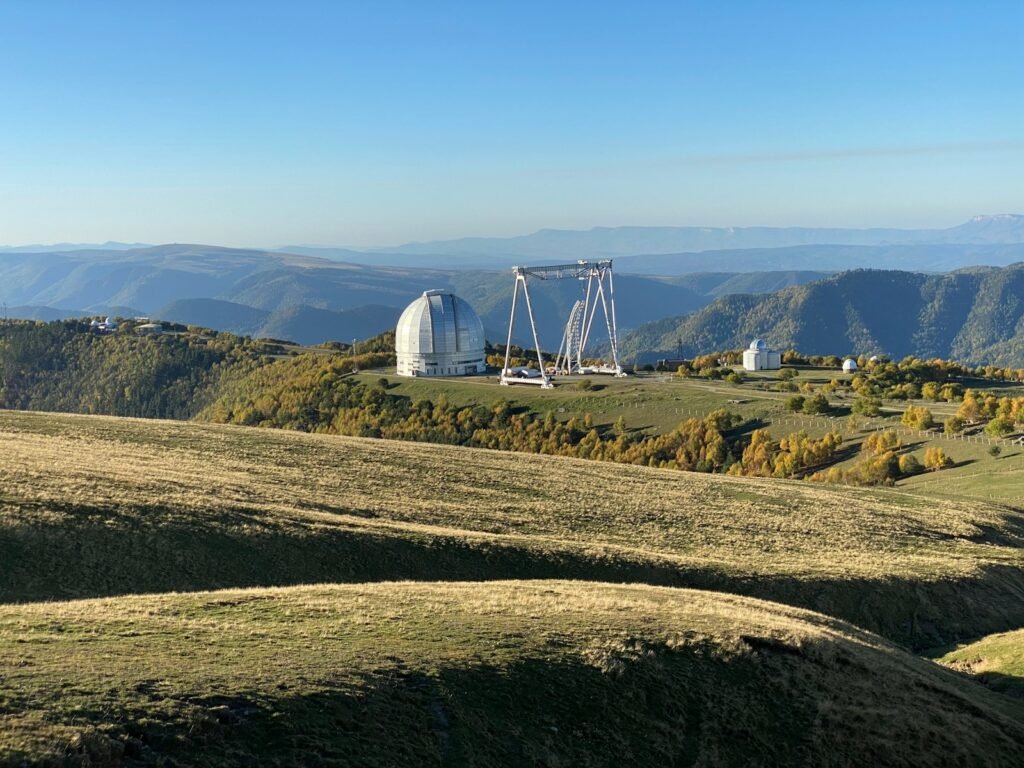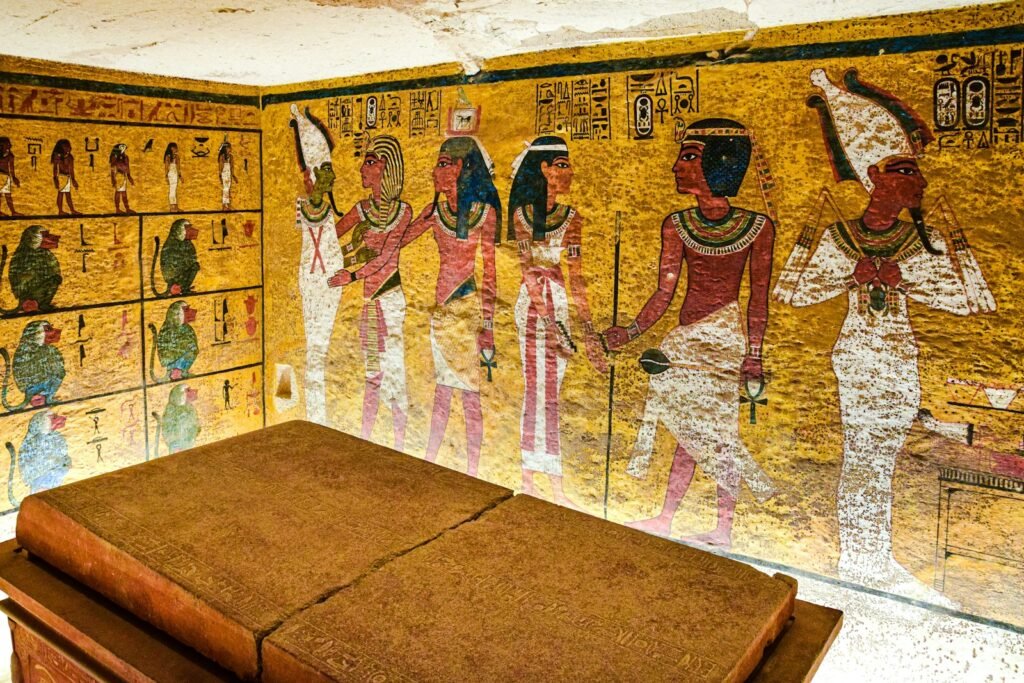Picture this: you’re standing 7,500 feet above sea level on a volcanic island in the middle of the Atlantic Ocean, surrounded by nothing but darkness and an ocean of twinkling stars above your head. The air is crisp, the sky is impossibly clear, and you feel like you could reach out and touch the Milky Way itself. This isn’t some distant fantasy – this is La Palma, the northwesternmost gem of the Canary Islands, where some of the world’s most important astronomical discoveries happen every single night.
A Natural Observatory Born from Fire

La Palma didn’t earn its nickname “La Isla Bonita” just for its stunning landscapes. This volcanic wonderland sits perfectly positioned in the Atlantic, where trade winds carry away atmospheric moisture and pollution that would otherwise blur our view of space. The island’s unique geography creates what scientists call a “thermal inversion layer” – essentially a natural ceiling that traps clouds below the mountain peaks, leaving the upper atmosphere crystal clear. It’s like nature designed the perfect viewing platform for stargazers, complete with its own built-in weather control system. The volcanic soil beneath your feet tells stories of cosmic violence that mirror the stellar explosions you can observe overhead, creating an almost poetic connection between Earth and space.
Roque de los Muchachos Observatory

Perched on the rim of the Caldera de Taburiente like a collection of futuristic temples, the Roque de los Muchachos Observatory houses some of the most advanced telescopes on our planet. This isn’t just any stargazing spot – it’s where international teams of scientists peer deeper into space than almost anywhere else on Earth. The observatory’s location at 2,396 meters above sea level puts it above 85% of the atmosphere, dramatically reducing the twinkling effect that makes stars appear to dance in the sky. Think of it as having front-row seats to the universe’s greatest show, with telescopes so sensitive they could detect a candle flame on the Moon. The facility operates 13 different telescopes from various countries, making it a true United Nations of space exploration.
The MAGIC Telescopes

Among the observatory’s crown jewels are the twin MAGIC telescopes, which sound like something from a fantasy novel but represent cutting-edge gamma-ray astronomy. These 17-meter diameter mirrors can detect the faintest flashes of high-energy radiation from cosmic catastrophes happening billions of light-years away. When a distant star explodes or matter spirals into a black hole, these telescopes catch the resulting gamma-ray bursts faster than you can blink. The MAGIC system can pinpoint these cosmic events with such precision that astronomers can alert other observatories worldwide within minutes. It’s like having a cosmic early warning system that helps us understand the most violent processes in the universe.
Gran Telescopio Canarias
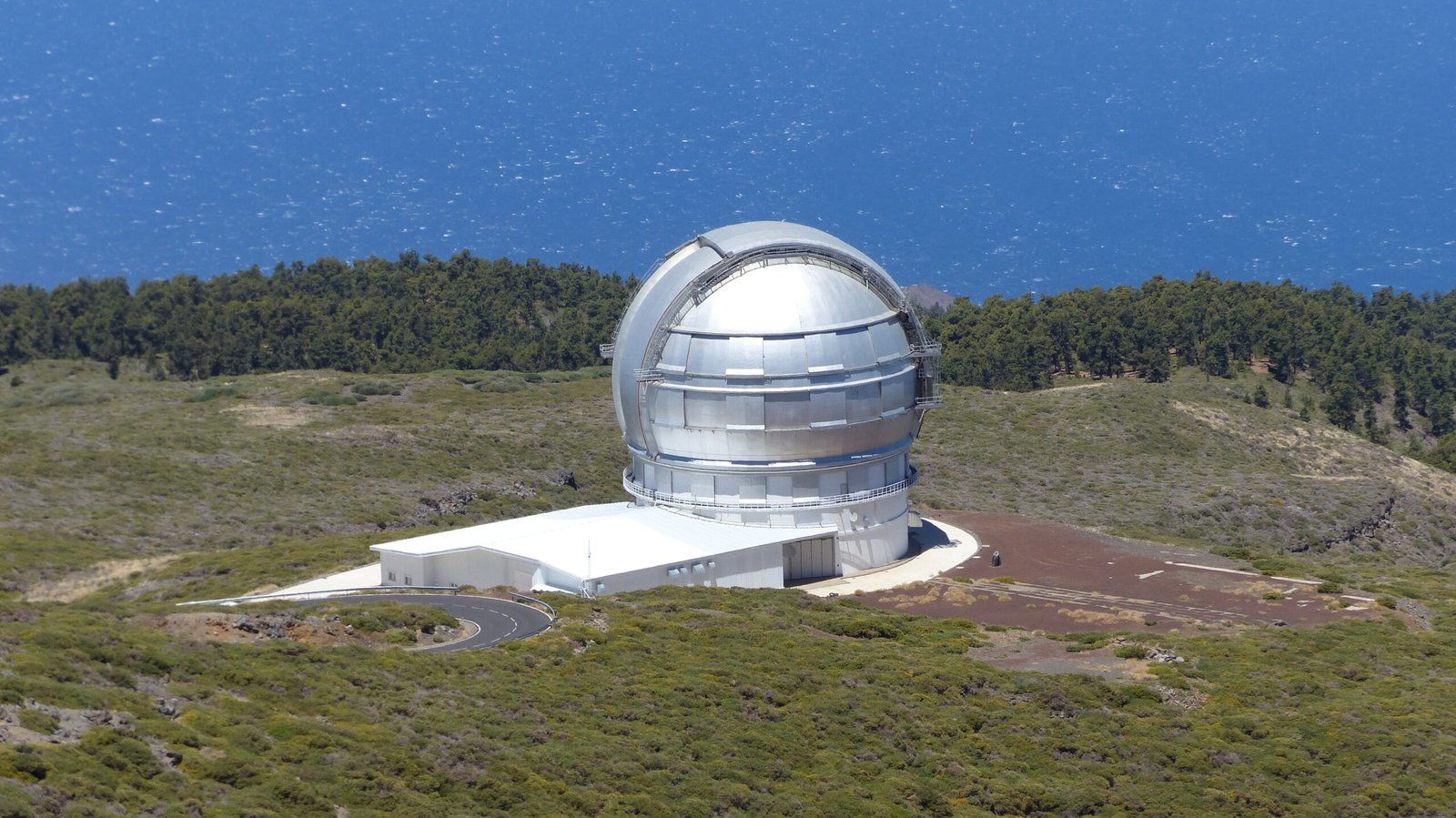
The undisputed king of La Palma’s telescope collection is the Gran Telescopio Canarias, or GTC, which boasts the largest optical mirror in the world at 10.4 meters across. This technological marvel can collect more light than any other single telescope on Earth, allowing astronomers to study objects so faint they’re practically invisible to smaller instruments. The mirror itself is a masterpiece of engineering, made up of 36 hexagonal segments that work together like a giant cosmic eye. When fully operational, the GTC can peer so far into space that it’s literally looking back in time, observing galaxies as they appeared when the universe was just a fraction of its current age. Standing next to this mechanical giant, you can’t help but feel humbled by humanity’s incredible determination to understand our place in the cosmos.
Why La Palma’s Skies Are Special

What makes La Palma’s skies so remarkable isn’t just about being far from city lights – though that certainly helps. The island sits at a latitude of 28 degrees north, giving observers access to both northern and southern hemisphere constellations throughout the year. The surrounding ocean acts like a massive heat sink, stabilizing temperatures and reducing atmospheric turbulence that can blur astronomical observations. Trade winds consistently blow moisture away from the peaks, creating what meteorologists call “subsidence inversion” – essentially a lid that keeps clouds low while leaving the upper atmosphere pristine. On the best nights, astronomers here can achieve what they call “sub-arcsecond seeing,” meaning star images appear incredibly sharp and detailed. It’s like the difference between looking through a dirty window versus crystal-clear glass.
The Dark Sky Protection Laws

La Palma takes its status as a stargazing paradise so seriously that the island has some of the world’s strictest light pollution laws. Since 1988, local regulations have controlled everything from streetlight design to the types of bulbs residents can use in their homes. Yellow sodium lights replace traditional white bulbs to minimize interference with astronomical observations, giving the island’s towns a warm, amber glow after sunset. Even aircraft flying over the island must dim their lights when passing near the observatory, and advertising billboards are strictly regulated to prevent light spillage. These measures might seem extreme, but they’ve preserved one of the last truly dark skies in Europe, where the Milky Way appears so bright it can cast shadows on moonless nights.
Volcanic Landscapes Meet Cosmic Views
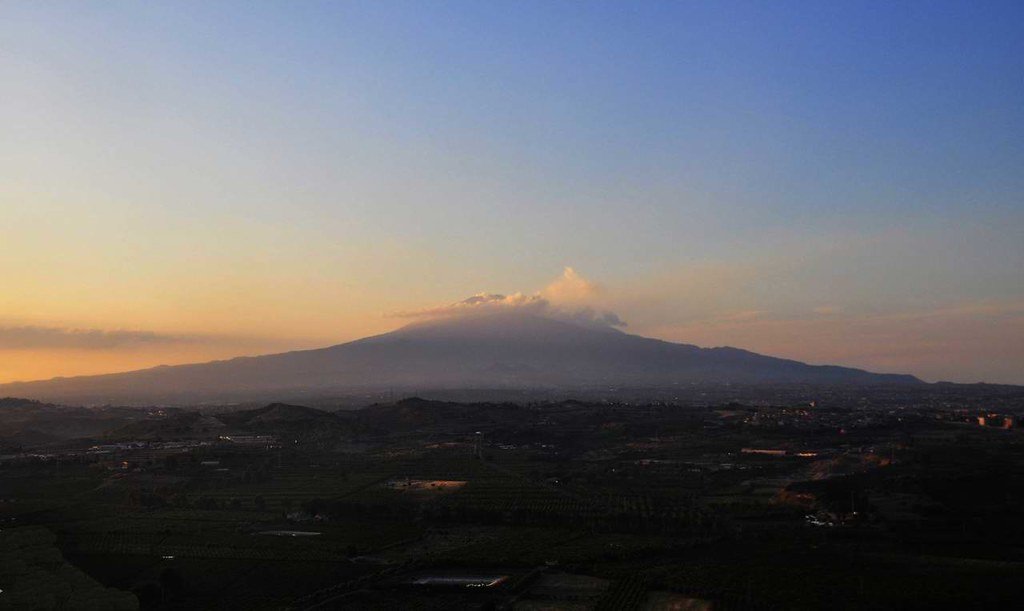
The same geological forces that created La Palma’s dramatic landscapes also contribute to its exceptional astronomical conditions. The island’s volcanic peaks act as natural barriers, blocking low-level moisture and creating microclimates perfect for stargazing. The Caldera de Taburiente, a massive volcanic crater stretching eight kilometers across, forms a natural amphitheater that seems designed for contemplating the cosmos. Black volcanic rock absorbs heat during the day and releases it slowly at night, creating remarkably stable atmospheric conditions. Walking across these alien-looking lava fields under a canopy of stars, you might feel like you’re exploring another planet – which, in a sense, you are. The landscape serves as a constant reminder that Earth itself is a cosmic wanderer, hurling through space at thousands of kilometers per hour.
Best Times for Stargazing
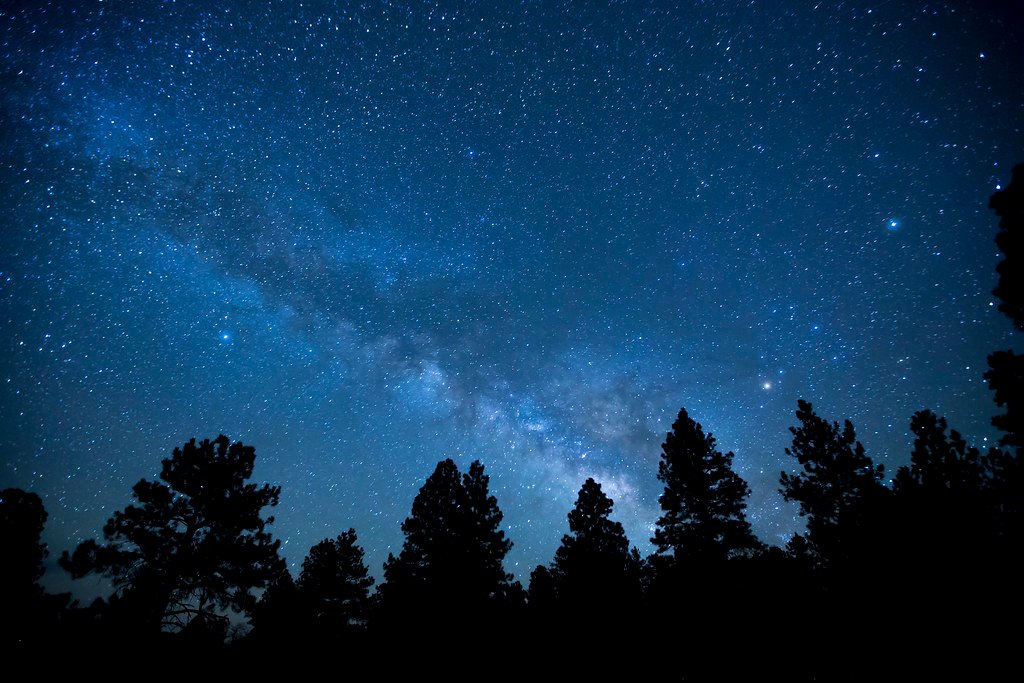
While La Palma offers spectacular night skies year-round, certain times provide particularly magical viewing experiences. The dry season from May through September typically offers the clearest skies, with minimal cloud cover and excellent atmospheric stability. New moon periods, occurring roughly once a month, provide the darkest conditions for observing faint deep-sky objects like nebulae and distant galaxies. Winter months can be equally rewarding, as longer nights give more time for observation, though weather patterns become less predictable. Many experienced stargazers swear by the hours between midnight and dawn, when atmospheric turbulence typically reaches its minimum and the most sensitive observations become possible. The key is patience – even on cloudy nights, conditions can change rapidly, revealing breathtaking celestial views when you least expect them.
Amateur Astronomy Opportunities
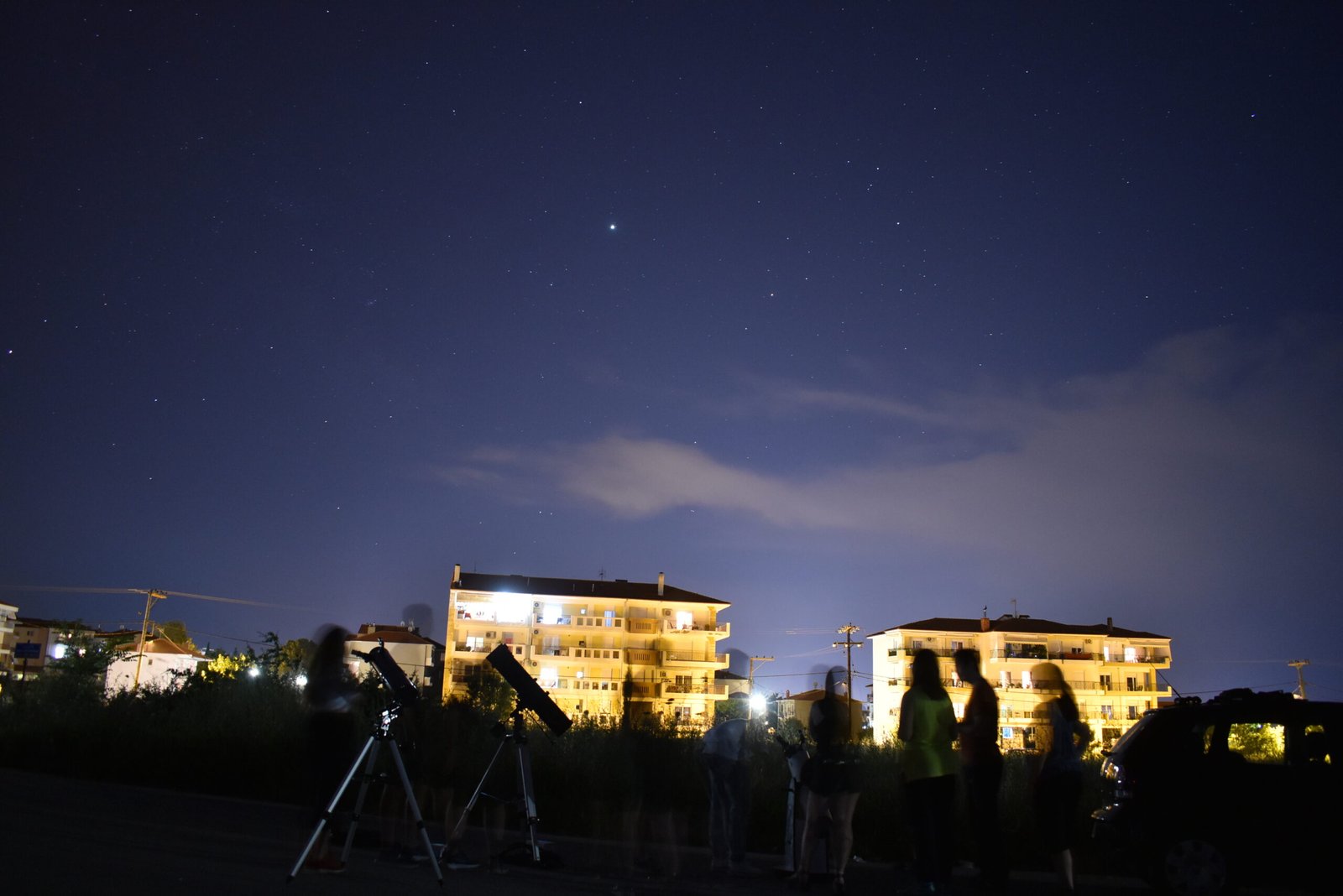
You don’t need a PhD in astrophysics to experience La Palma’s astronomical wonders. The island offers numerous programs for amateur astronomers and curious tourists who want to explore the cosmos. Local astronomy clubs organize regular stargazing sessions, providing telescopes and expert guidance for beginners. The Roque de los Muchachos Observatory occasionally offers public tours, giving visitors a behind-the-scenes look at professional astronomical research. Many hotels and tour operators now provide specialized astronomy packages, complete with transportation to dark-sky sites and portable telescopes for personal use. Even with just your naked eyes, you can spot Jupiter’s moons through basic binoculars or trace the ethereal glow of distant galaxies on exceptionally clear nights.
The Search for Exoplanets
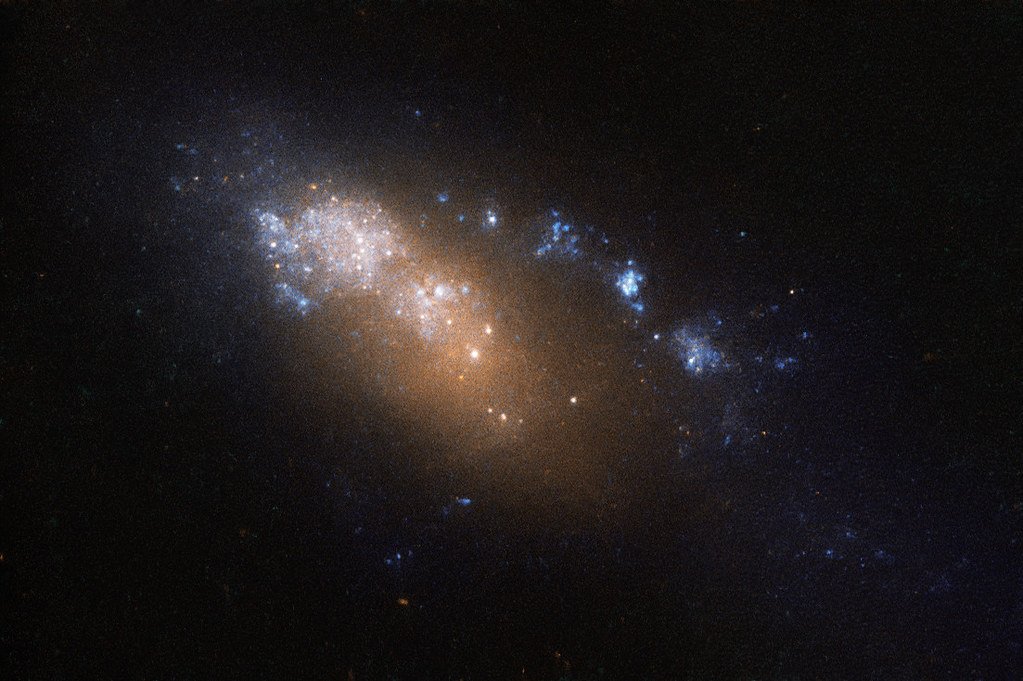
La Palma plays a crucial role in humanity’s search for planets orbiting other stars, a field that has exploded in the past two decades. The island’s telescopes regularly monitor thousands of stars, looking for the tiny dimming that occurs when a planet passes in front of its host star. This detective work has contributed to the discovery of hundreds of exoplanets, including some that might harbor conditions suitable for life. The precision required for this research is mind-boggling – astronomers must detect brightness changes of less than 1%, equivalent to spotting a grain of sand passing in front of a car headlight from several kilometers away. Every clear night on La Palma potentially brings us closer to answering one of humanity’s most profound questions: are we alone in the universe?
Studying Gamma-Ray Bursts

Some of the most spectacular cosmic events occur when massive stars collapse into black holes, releasing more energy in seconds than our Sun will produce in its entire 10-billion-year lifetime. La Palma’s gamma-ray telescopes are perfectly positioned to study these incredible explosions, which can be seen from billions of light-years away. When satellites detect a gamma-ray burst, La Palma’s telescopes can swing into position within minutes, capturing the afterglow as it fades from view. These observations help scientists understand how the heaviest elements in the universe are created and distributed, including the gold, platinum, and uranium found here on Earth. It’s humbling to realize that the metals in your smartphone were likely forged in stellar explosions that La Palma’s telescopes study every night.
Climate and Weather Patterns

La Palma’s unique position in the Atlantic creates weather patterns that seem almost tailor-made for astronomy. The island experiences what meteorologists call a “subtropical high,” creating stable atmospheric conditions with minimal storms or severe weather. Trade winds flowing from the northeast carry moisture up the island’s slopes, where it condenses into clouds that typically remain below 1,500 meters elevation. This natural phenomenon, known locally as the “sea of clouds,” often creates a stunning visual effect where observatory domes appear to float above a cotton-white ocean. Temperature variations are remarkably small throughout the year, reducing thermal turbulence that can distort astronomical observations. These conditions are so consistent that astronomers can plan observing campaigns months in advance with confidence that weather will cooperate.
The International Astronomical Community
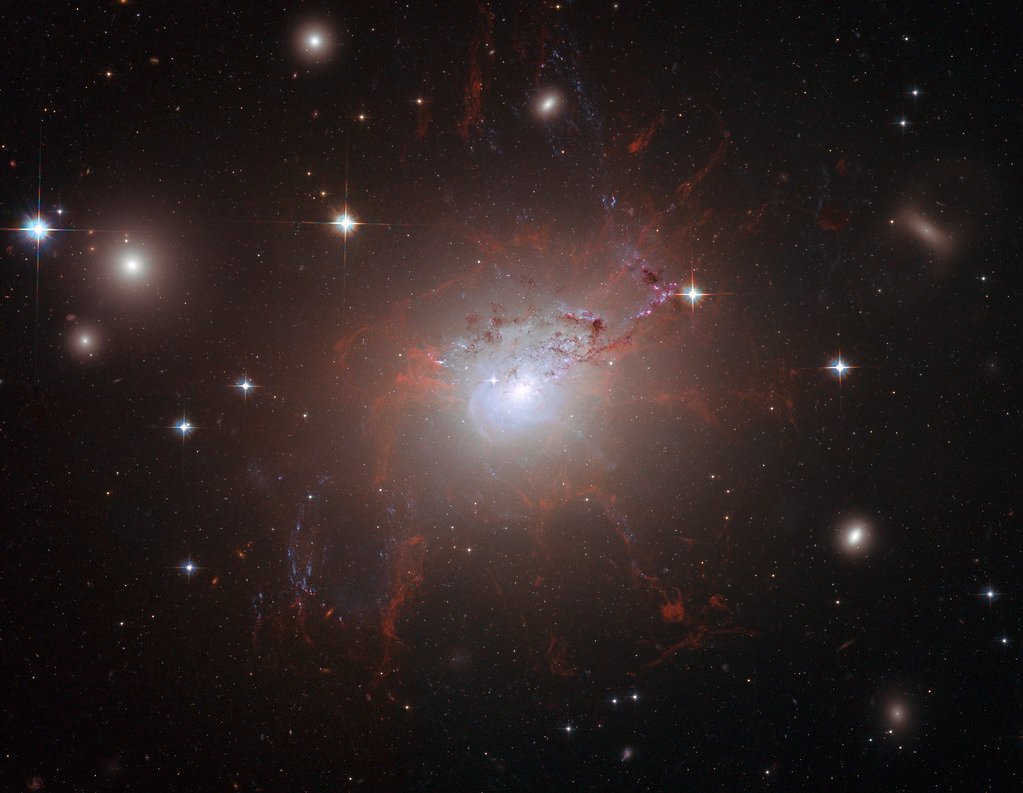
La Palma has become a melting pot for international scientific collaboration, with researchers from over 60 countries using the island’s facilities. The European Southern Observatory, the Isaac Newton Group, and numerous other organizations maintain permanent installations here, creating a vibrant community of scientists from diverse backgrounds. This international presence has transformed the island’s economy and culture, bringing cutting-edge technology and world-class expertise to a relatively small Atlantic community. Local residents often work alongside Nobel Prize winners and leading astrophysicists, creating unique opportunities for cultural and intellectual exchange. The island now hosts regular scientific conferences and workshops, cementing its reputation as a global center for astronomical research.
Protecting the Future of Dark Skies

As urban development spreads across the globe, places like La Palma become increasingly precious refuges for astronomical research and natural darkness. The island’s government works closely with international organizations to maintain its dark-sky status, balancing tourism development with the need to preserve pristine viewing conditions. New lighting regulations continue to evolve, incorporating the latest LED technology that minimizes interference with sensitive astronomical instruments. Educational programs in local schools teach children about the importance of dark skies, ensuring future generations understand their cosmic heritage. These efforts extend beyond astronomy – dark skies also benefit local wildlife, reduce energy consumption, and preserve the natural rhythms that have governed life on Earth for millions of years.
The Human Connection to the Cosmos
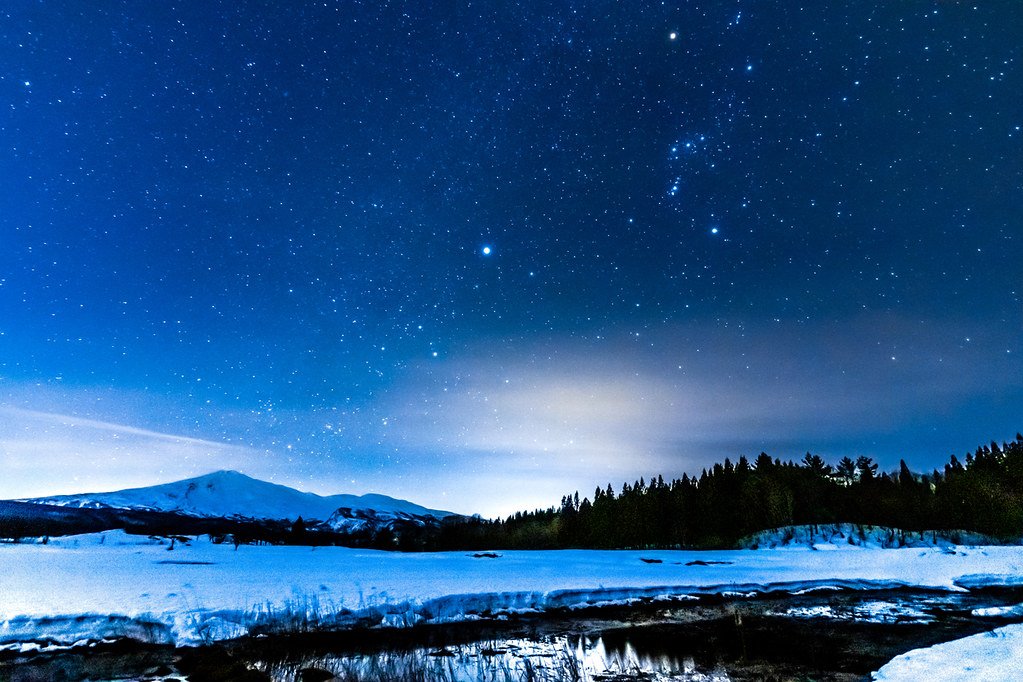
Standing under La Palma’s star-filled skies creates an emotional connection to the universe that’s difficult to describe but impossible to forget. The sheer scale of what you’re witnessing – galaxies containing hundreds of billions of stars, light that has traveled for millions of years to reach your eyes – puts everyday concerns into perspective. Many visitors report feeling simultaneously humbled and inspired, recognizing their place in the cosmic story while marveling at humanity’s ability to understand such vast mysteries. Indigenous Guanche people who originally inhabited the Canaries likely experienced similar awe, using the stars for navigation and timekeeping long before modern telescopes revealed the true nature of celestial objects. This continuity of human wonder spans cultures and centuries, connecting us to both our ancestors and future generations who will continue exploring the cosmos.
Planning Your Astronomical Adventure
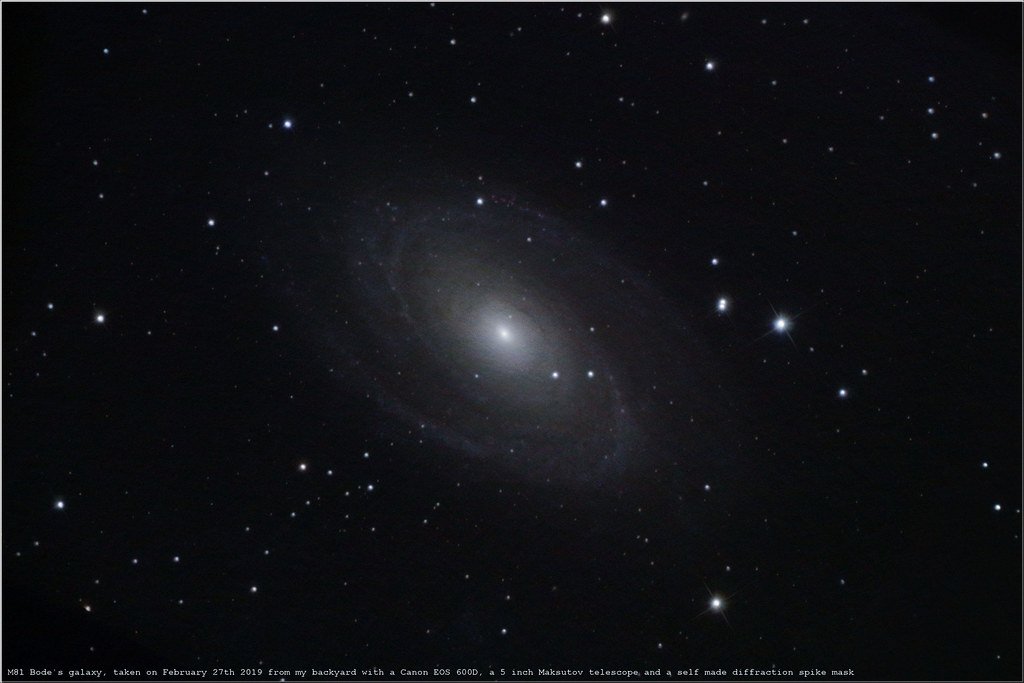
Visiting La Palma for astronomical purposes requires some preparation, but the rewards far exceed the effort involved. The island is accessible via regular flights from mainland Spain and other European cities, with car rentals providing the best access to remote viewing sites. Accommodation ranges from budget-friendly guesthouses to luxury hotels that cater specifically to astronomy tourists, some even providing telescopes for guest use. Weather can change quickly at higher elevations, so warm clothing is essential even during summer months. Local astronomy guides offer invaluable expertise about the best viewing locations and can provide equipment for those traveling without their own telescopes. Many visitors find that spending at least three nights on the island gives them the best chance of experiencing optimal viewing conditions.
Technology Meets Tradition

La Palma represents a fascinating intersection where cutting-edge space technology coexists with traditional island culture. Local artisans now craft telescopes and observatory models alongside traditional Canarian crafts, while restaurants serve dishes inspired by both local traditions and international scientific communities. The island’s agricultural terraces, carved into volcanic slopes over centuries, provide a striking contrast to the high-tech domes dotting the mountaintops. This blend creates a unique cultural landscape where ancient wisdom about reading natural signs meets modern understanding of cosmic phenomena. Visitors often find themselves equally enchanted by traditional festivals celebrating the harvest moon and sophisticated lectures about gravitational waves from colliding black holes.
Future Discoveries Await

La Palma’s role in astronomical discovery continues expanding as new technologies and international partnerships develop. Plans for next-generation telescopes promise even more sensitive observations, potentially revolutionizing our understanding of dark matter, black holes, and the fundamental nature of space and time. The island’s infrastructure continues evolving to support increasingly sophisticated research while maintaining the pristine conditions that make such observations possible. Young scientists from around the world come here to begin careers that may lead to Nobel Prize-winning discoveries, ensuring that La Palma’s contribution to human knowledge will continue for generations. Every clear night brings new possibilities for breakthrough observations that could reshape our understanding of the universe and our place within it.
La Palma offers something truly extraordinary in our modern world – a chance to disconnect from the artificial glow of civilization and reconnect with the cosmos that surrounds us. Whether you’re a professional astronomer making groundbreaking discoveries or simply someone who wants to see the Milky Way in all its glory, this volcanic island provides an experience that stays with you forever. The next time you look up at the night sky from your hometown, you’ll remember what darkness really looks like and how many wonders remain hidden above our heads, waiting to be discovered. Could there be a more perfect place to contemplate our cosmic destiny?

